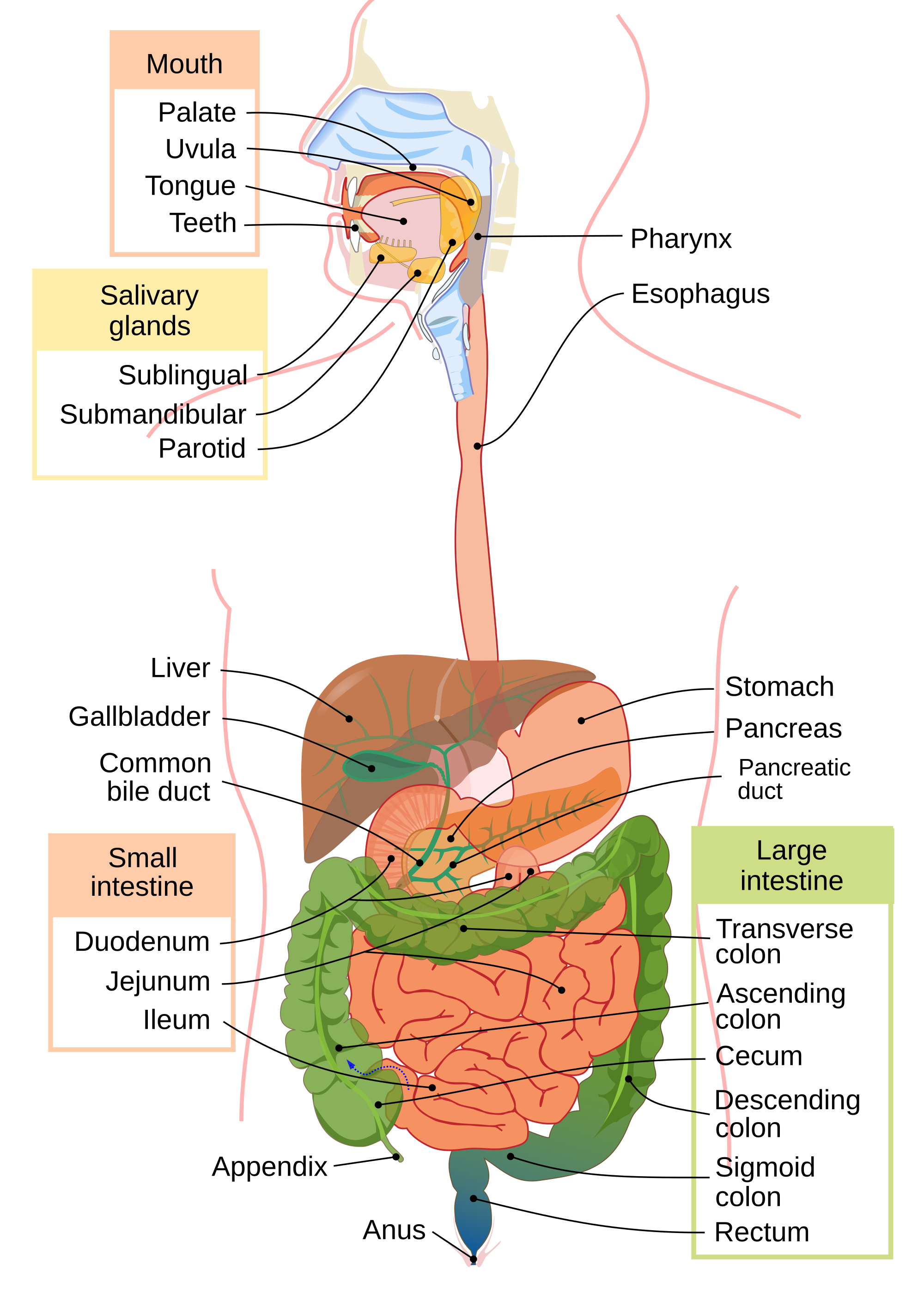I did a reading by Lisa Nielsen,"Help students manage their digital footprint and effectively participate in social media".
As a future educator I strongly support the use of social media in the classroom. I feel that it can motivate students and it can enable students to communicate with one another inside and outside of the classroom. Sure, there can be many legal thing you need to consider but if it is possible. I say DO IT. Or, at least try and see how it goes?
Ms. Nielsen discussed the implications of leaving a digital imprint. She write:
"I was recently at a conference where educators were discussing whether or not teenagers should use their real names online. One of the women in attendance felt strongly that in their teenage years students should begin using their real names. She posed the question, "If we don't take ownership of our digital identity who will?" This is a powerful question and brings to light the concept of active and passive digital footprints."
I don't know how I feel about using the active vs. passive digital imprint but regardless I support allowing students to use social media and thereby, "leave a digital footprint". I guess I have to ponder the pro's and con's of each if I incorporate that into my classroom.
She is a strong supporter of using Twitter because it enables students to connect with one another based on similar interests.
She stressed having conversations about not only taking control of digital footprints students have, but the messages they are sending across. I agree with this. I believe every students should have some foreground knowledge about social media and how it can affect them.
With twitter I find that many districts find it acceptable to use and I would certainly use it in my classroom to get quick and instant feedback, questions, and thoughts. It's fun and engaging and relevant to the technological century we have already embarked upon.
I really enjoyed this article and I felt that it motivated me to consider using twitter in my classroom.







